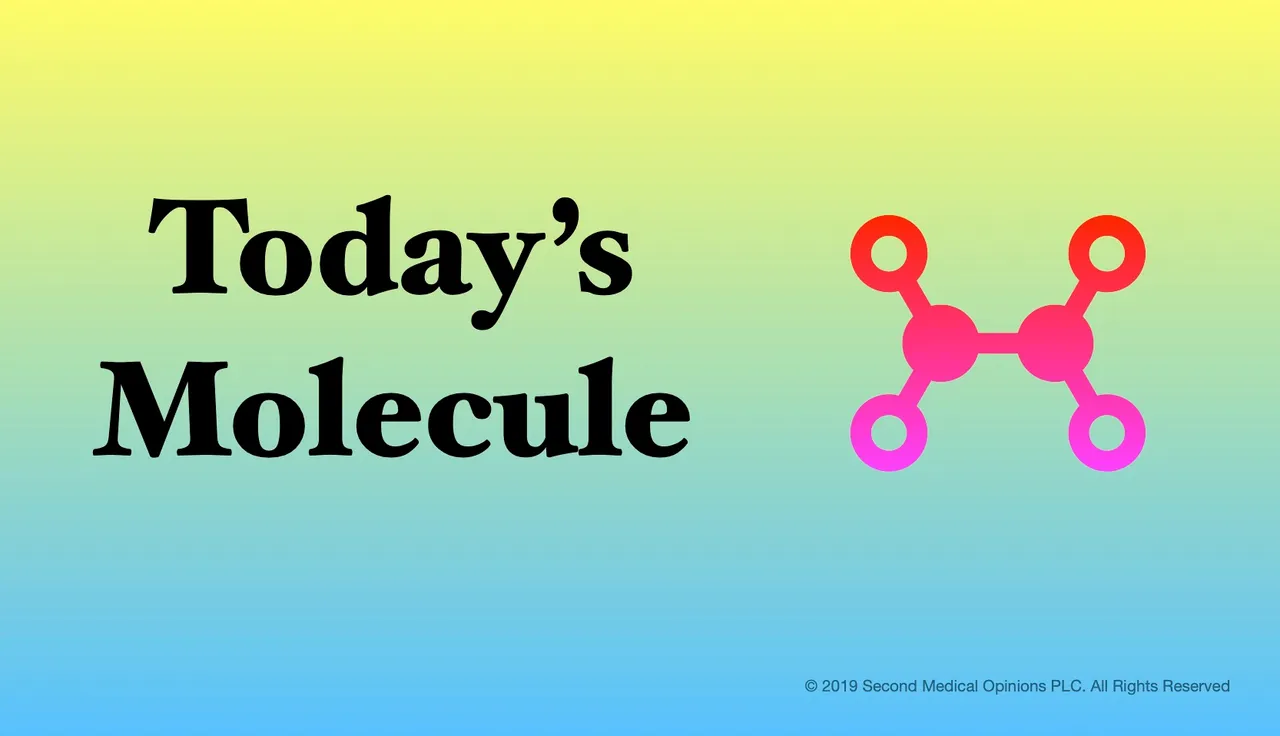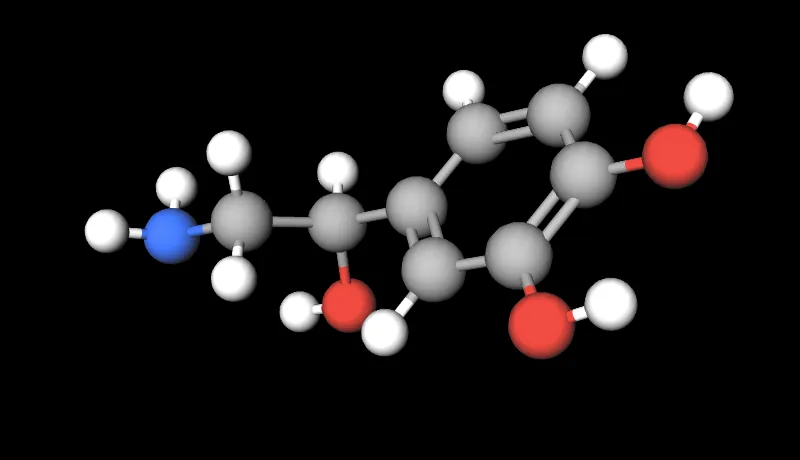
Molecular weight: 169
Formula: C8H11NO3
Noradrenaline is a molecule which functions as a hormone and neurotransmitter as adrenaline. It is structurally similar to adrenaline, with the difference that it is demethylated, so it is slightly smaller. Its actions are mediated by alpha (α) and beta (β) receptors, however, is has a greater affinity for α receptors, compared to adrenaline. As a hormone, it has actions in the vascular system, the liver, the lungs, the heart, the kidneys and the brain, but less actions as hormone than adrenaline. As a neurotransmitter it is the main mediator the actions of the sympathetic nervous system (more than adrenaline) and has actions in the central nervous system. Just as adrenaline, it plays a key role in the "flight or flight" response.
Noradrenaline is also known as norepinephrine and it has medical uses, as in the treatment of shock. There is a condition called pheochromocytoma (tumor of the adrenal gland), in which noradrenaline may exist in excess and cause hypertension and other autonomic symptoms
